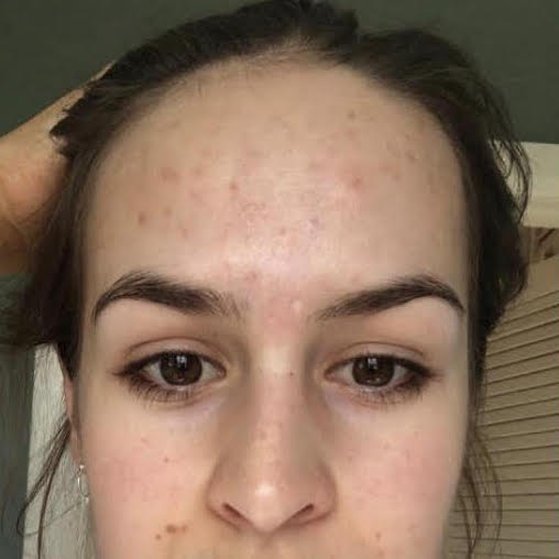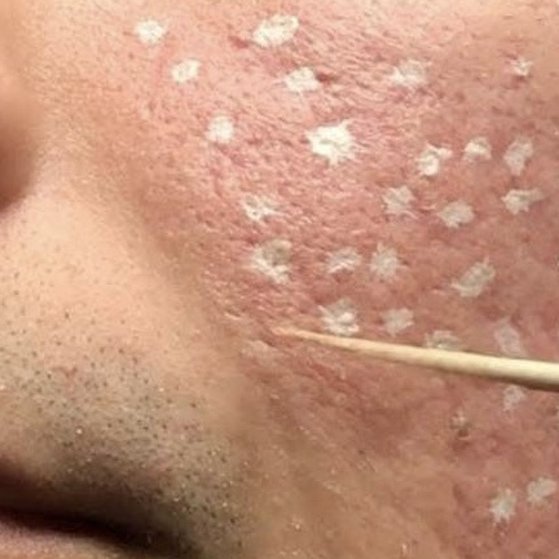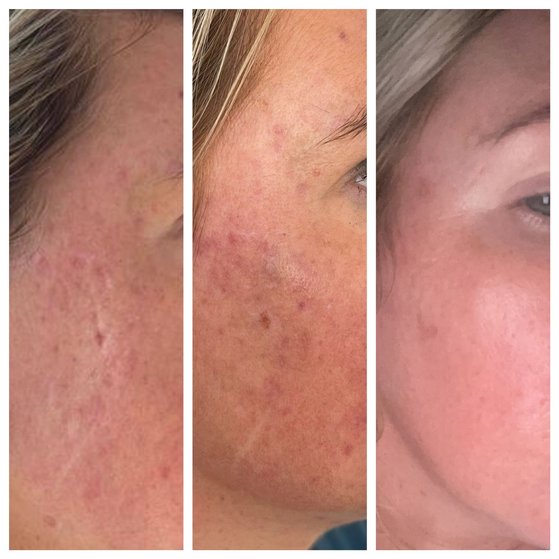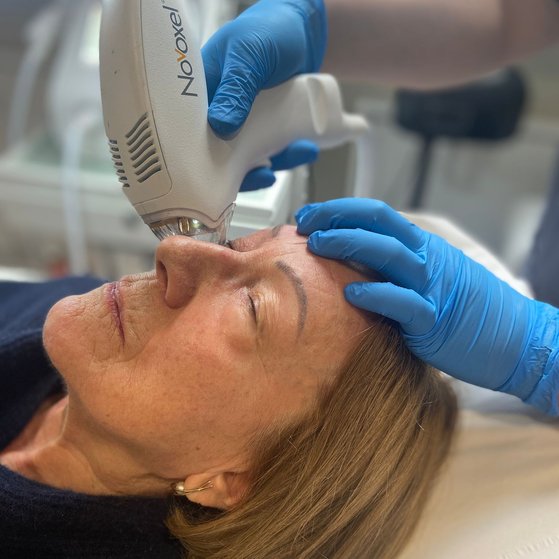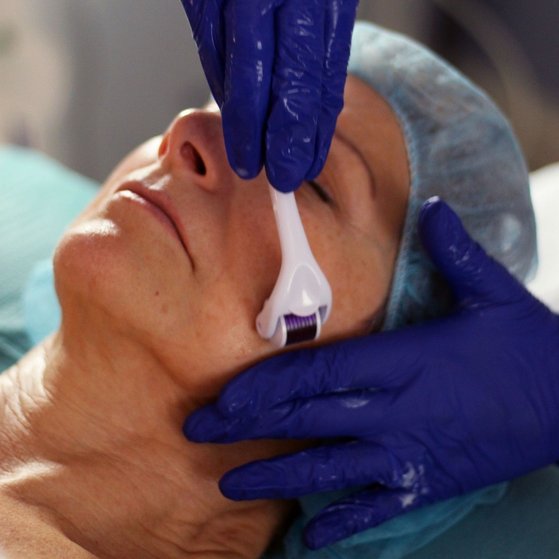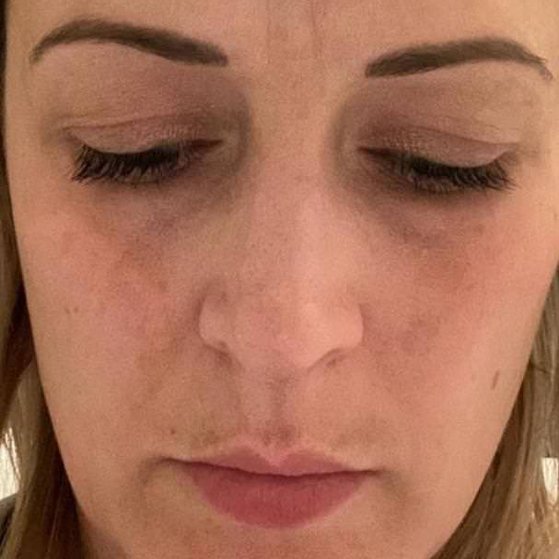Skin Conditions
Skin Conditions | Acne Scarring
Acne scarring is the marking left on the skin after a spot or acne break out has healed. It can either be raised (hypertrophic) or depressed (atrophic), it may also appear as darker marks on the skin where the lesion has been, however this is not true acne scarring, rather post inflammatory hyperpigmentation. Acne Scarring may also manifest as hyperpigmentation, lack of colour in the scar site, or erythema (permanent redness). Atrophic scarring may appear as ‘rolling’ - shallow depressed scars with gentle sloping edges, ‘boxcar’- broad with steep defined edges or ‘ice pick’, deep, narrow scars.
What causes Acne Scarring?
When an inflamed acne spot erupts, the pore is engorged with oil, dead skin cells and bacteria. This can break the wall of the pore, and result in damage to the skin tissue around.
Where can you get Acne Scarring?
Acne scarring can occur anywhere where acne lesions occur.
Who can get Acne Scars?
Some people are more likely to see scars when their acne clears. The risk increases when a person has inflammatory, swollen, reddish and painful acne. Because various types of acne tend to be deep in the skin, delaying treating the acne can lead to scarring, picking and squeezing, which in turn increases inflammation and increases the risk of scarring. Genes play a large role - anyone who has a family member who developed acne scars has an increased risk. Although we know what increases a person’s risk of developing acne scars, it is not possible to predict who will develop acne scars. Even people who have all the risk factors may not scar.
